Going Beyond Certifications in Food Marketing
The Power of Validated Stories
Food Marketing & Certifications: The Rules of the Game
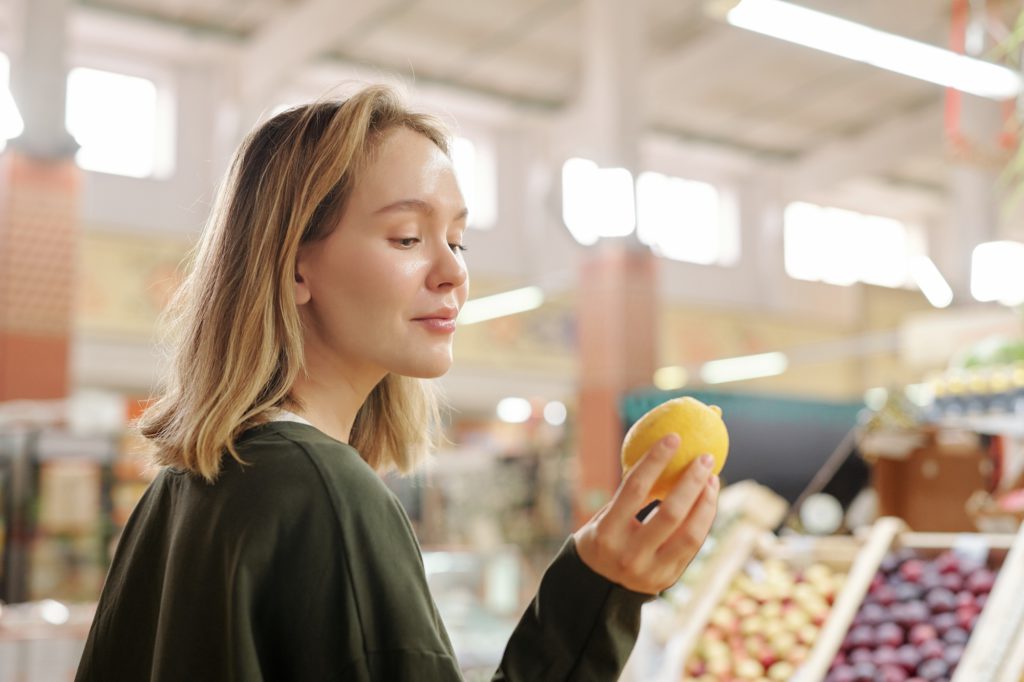
The wholesales buyers (or procurement departments) of consumer facing food companies (i.e. retailers, consumer packaged goods brands, and food service providers) must make strategic decisions regarding their sourcing practices. This strategy is most often connected to a corporate and product branding strategy centered around a price- or quality-driven model. The purchases themselves can be direct from the farmers or producers, via added-value processing or packing facilities, or more commonly from intermediaries such as wholesalers, brokers, distributors, and traders.
Within the quality-price strategic matrix, the United States has certain rules and requirements aimed at protecting the food safety of products and the overall well-being of consumers. These rules are intended to ensure that products are properly labeled and marketed with a specified boundary to protect their integrity, clarity, and legitimacy.
The process for implementing such requirements validates that the rules are followed, and then communicates them to value chain stakeholders and ultimately to consumers for marketing purposes. Such is the concept of certifications, roughly defined. The resulting process for applying, approving and implementing such certifications is a major operational activity and cost center for businesses. This sets the baseline of what is required from all participants in terms of product quality, and marketing limitations.
Markets & Food Sourcing
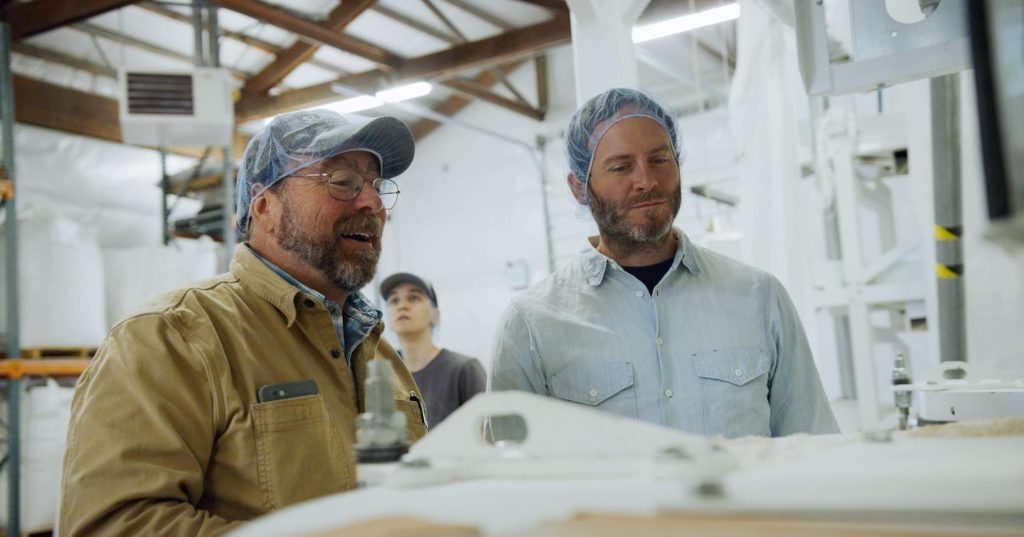
Let’s return to the topic of sourcing. Companies build a sourcing strategy around food certification requirements, volume and seasonal demands, geographic origin, and of course the price and quality of the materials.
Some brands seek raw materials at the lowest possible price with minimal quality requirements, while others prefer the highest possible quality with greater flexibility on price. This is the range, and buyers operate somewhere along it.
Market demands generally determine price, dictated by many variables around the supply and demand contexts. Markets are especially dynamic in the agricultural value chain, and more so with perishable crops and emerging markets where producers have access to limited downstream buyers.
Assuming a product has the necessary certifications, seasonality and volumes, buyers for hundreds of years have generally made purchasing decisions based on price and quality.
The Price-Quality Matrix
Price is the underlying and most important decision-making factor for buyers.
Price and quality have been the driving force of the food industry. And it has been a race to the bottom. As long as we drive competition based on price, obstacles to lower pricing can be removed at the expense of people and planet.
Some of the cost “burdens” that get eliminated include paying farmers, farm workers and factory workers fair wages, using input products that are harmful to consumer health, and using packaging and machinery that is harmful to the ecosystem.
When it is a race to the bottom, it quickly becomes a game of scale, and all the small players lose. Perhaps one could argue that consumers win with lower prices, but it’s a vicious cycle that has left a major subset of our population in a poverty loop.
The New Procurement Matrix in Food Marketing
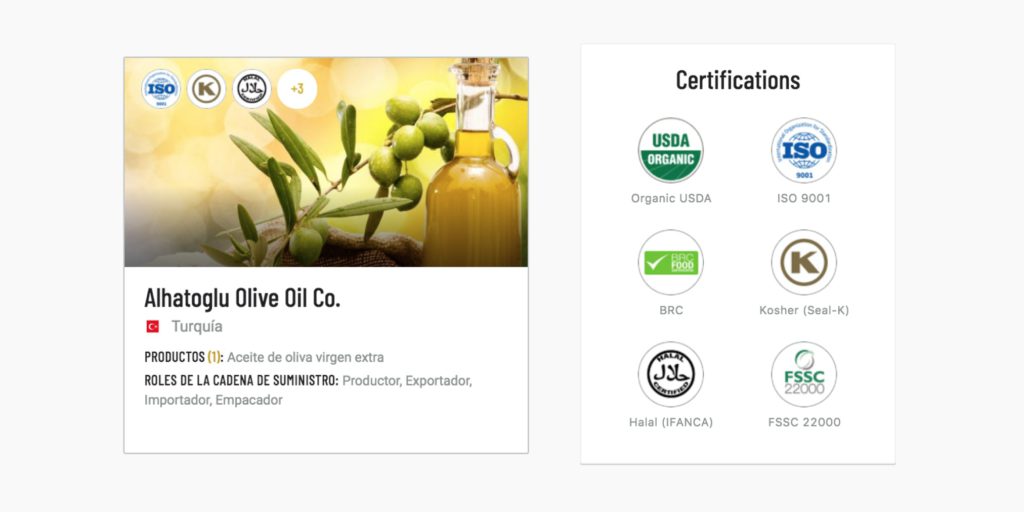
Certifications, especially “organic” and “fair trade,” have brought a new dimension to the consumer products industry and food marketing. With global sales topping $100B this is no longer a fad, but a bonafide movement. Consumers are willing to pay premium prices for products that are certified for health and safety, as well as having a positive impact on producers, communities, and the ecosystem.
These educated consumers are continuing to learn that not all certified products are created equal. While people tend to associate organic with “natural products without synthetic chemicals” and fair trade with “fair pay to farmers and farm workers,” there hasn’t been much transparency, validation, or clear definition—yet.
People are craving more information. A food certification coupled with an elegant marketing and branding scheme and some cute language on a package isn’t satisfying the consumer’s need for detail. People are demanding a story. They are demanding transparency in order to trust that this story, and the certifications backing up the story, are indeed true.
The Power of a “Validated Story”
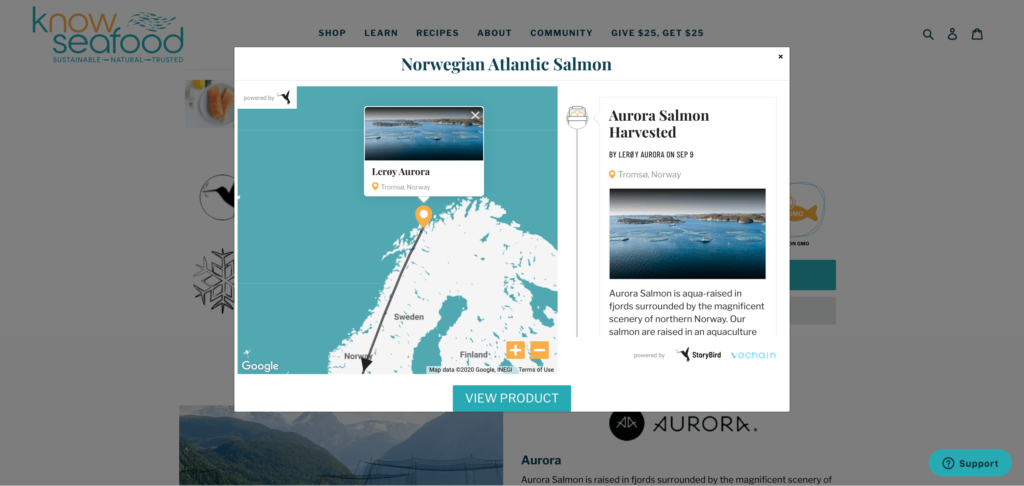
The new paradigm of premium CPGs is a matrix that combines price, quality and certification with a “validated story.” It answers key questions consumers have:
Who grew this product? What practices did they use? How did it impact their local ecosystem and community? How do I know that this story is legitimate? How do I know that the story corresponds to this exact product in the package?
Companies and brands that are able to answer this set of questions will be the winners of the premium food product marketplace in 2021 and beyond. The bar is getting higher, and the brands that raise it are going to capture the sought-after premium consumer willing to pay a premium price on goods that fulfill their desire for positive impact.
The purpose economy is coming. The question is, which brands are ready?
Sign up for our newsletter to stay up-to-date as we continue working to bring validated supply chain storytelling to consumers through Producers Market and enter a new paradigm of procurement.

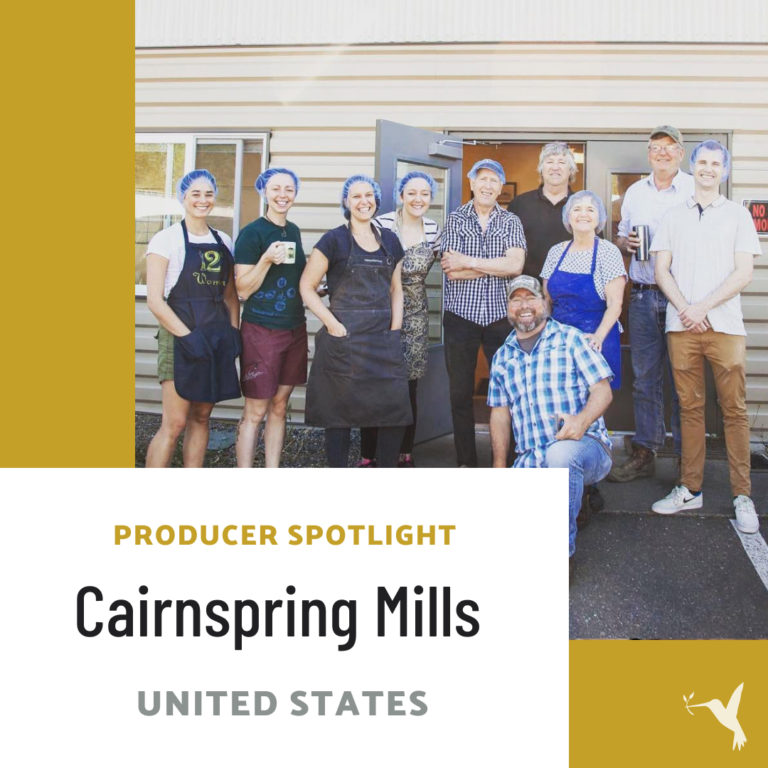
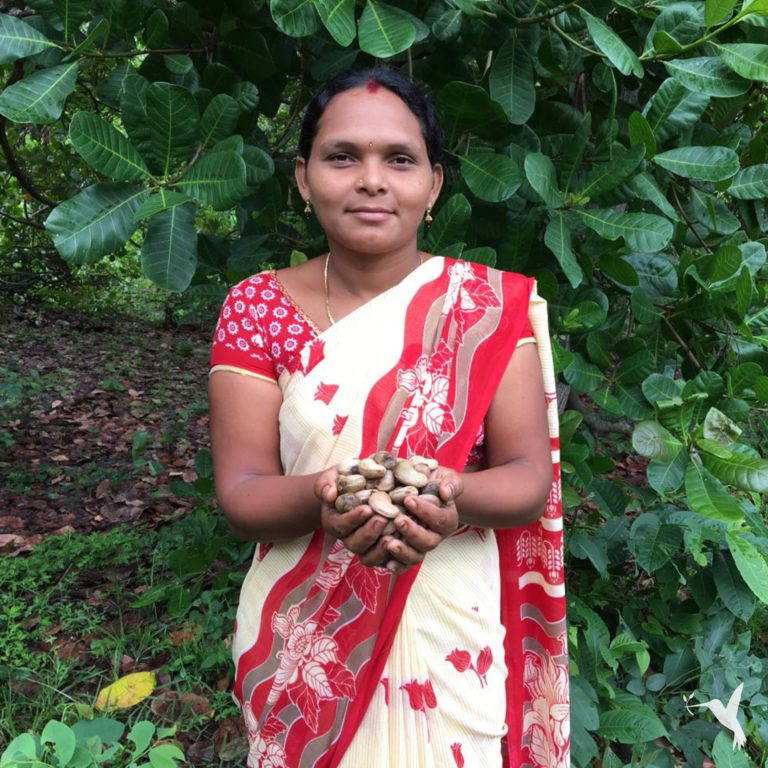
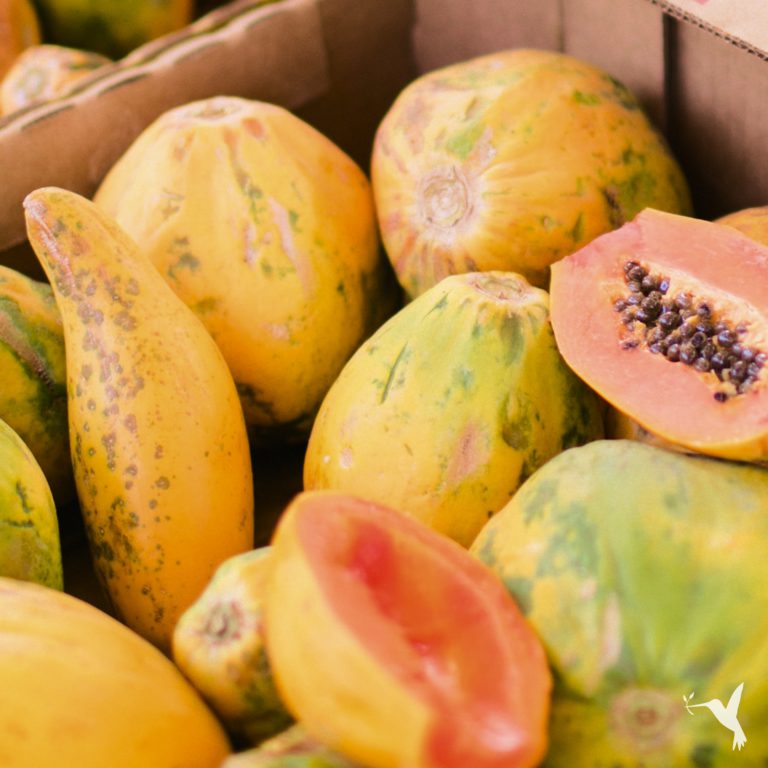
2 comments
Important topic. We find that in extra virgin olive oil at least, organic certifications can be deceptive. Small plots can mean neighbouring non-organic practices leak into organic ones. Exceptions for powerful non-organic inputs are rife in the case of difficult issues such as pest attacks. Payment for certification up and down the chain mean many of the certification schemes have skewed incentives, and exclude smaller producers who can’t afford the costs for certification but use purely organic practices in any case.
Much better to know and trust an individual farmer, as you say.
Exactly! That’s why we promote validated stories that go beyond certifications with storybird.io. What do you think about this method for traceability and transparency?